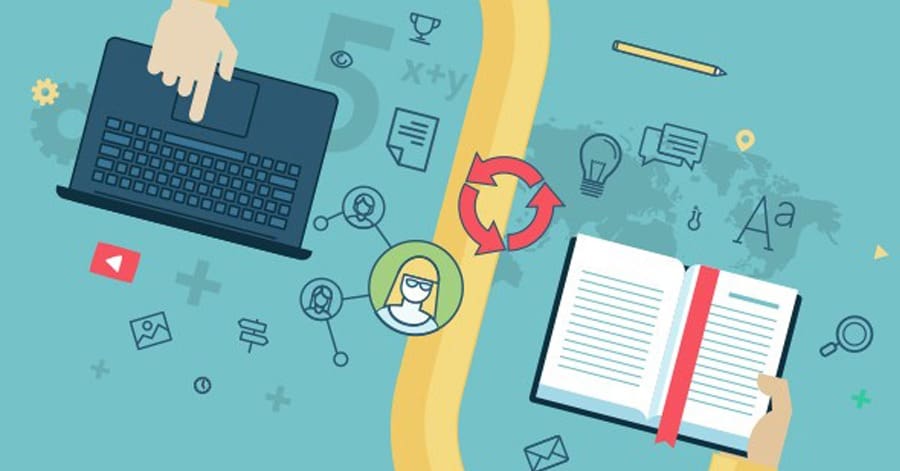Ms. Sunita Jaisingh
National Academic Head, Global Indian international schools
While interviewing prospective teachers, the one question I always ask is “How do you use technology to improve the learning outcomes in your class”. About 99% of the time I get the same answer “My school has deployed smart boards and content which I use occasionally.
Whatever was done with books and black board is being transferred online which is not a bad start especially for visual learners. A lot of abstract stuff is made available for students to appreciate and understand
However, twenty –first century education envisages more than exposing students to audio visual content. A 21st century learner is expected to collaborate, communicate, be creative and think critically to solve problems!
We need to prepare students to work in teams, exchange ideas with peers who may be in different geographies. They are expected to find solutions by thinking out of the box with the world of information on their fingertips.
While outside of classrooms children tweet and google, in a classroom they sit tight and listen to the teacher. If they need to research, it is usually at the end of school time and not then and there!
It is time we got Web 2.0 tools to encourage teachers and students to create content / edit and collaborate. The smartphones and BYD (bring your own device) has to be part of the classroom culture if we are serious about 21st century learning. Assessments built around these tools and the data interpretation can help with instant feedback and remediation.
These tools may be different from the ones that children are used to but they pick up in no time.
The action in a classroom has to be around tables set in groups and not in rows with teacher at the helm! A teacher has to be the facilitator and guide in her new Avatar. We have to allow children to learn for themselves and be there to support
A lot of investment has gone into developing these tools by major tech companies like intel and google .What is missing is long term professional development in “blended learning” for teachers and school leadership. Teachers’ resistance to adopt technology comes from the fact that their curriculum is already packed and there is no time for experimentation .
If professional development could show teachers what they can do in less time and with better learning outcomes by integrating technology, they may be hooked.
However a word of caution – this does not imply a quick one time demo by the technology company but a sustainable model where each teacher is supported by an instructional technology expert who is there to look at the lesson plan initially at least and suggest proper integration of technology tools
It may be a different introduction to the concept or research based collaborative project. Google classroom is great way to leverage flipped class model. Adaptive learning soft wares are a great way to boost personalised learning
Involvement and commitment of the school leader – the principal is a key factor in driving the 21st century education. If the principal was to model this, support and motivate his staff it is likely to be more successful. Linking the use of modern pedagogical tools to the performance appraisal of the teachers is likely to boost the project
The ideal way to achieve 21st century education in a school would be to
- To generate awareness and benefits of integrating technology
- Brainstorm on possible impediments and find solutions
- Get the teachers to do collaborative projects using technology and present
- Make a proper plan to buy and implement technology
- Organise long term professional development and mentoring


